This summer, my wife, Cree, and I went to Dublin to celebrate our 30th wedding anniversary. We chose it over more exotic destinations because it made sense to us: I’m a book critic and she’s a writer. How could we not go to Dublin, perhaps the most literature-soaked city in the world? The literary ghosts still stalk the medieval streetscapes – so many ghosts that they collide into one another and seem to make up a spectral and talkative rugby team.
The city’s Nobel laureates alone include poet Seamus Heaney, novelist and playwright Samuel Beckett (Waiting for Godot), poet William Butler Yeats and playwright and critic George Bernard Shaw (Pygmalion). Among those who grew up here are Oscar Wilde (The Picture of Dorian Gray), Jonathan Swift (Gulliver’s Travels) and Bram Stoker (Dracula). James Joyce (Ulysses) is in a category of his own. And then one must pay heed to the great wit Flann O’Brien, ombibulous poet Brendan Behan, novelist and playwright Maeve Binchy (Circle of Friends) and novelist Roddy Doyle (The Commitments).
Is a book critic’s Dublin different from other people’s? Not if you are paying attention. There are the bookstores, for one thing. The city is filled with them, new and used. They are among the oldest and best-stocked in the world. Cree and I both like books published in Ireland and Britain: they’re sleeker and better designed, most of the time, than their American counterparts. We crammed our luggage with them – editions we’d never seen from Colm Tóibín, Edna O’Brien, Patrick Kavanagh, Karl Ove Knausgaard, Elizabeth Bowen and others – as if we were smuggling truffles back from Siena.
And, of course, there are the pubs. It has been argued that the slow and steady intake of Guinness, which has been made in Dublin since 1759 and is served in almost every bar, has long lent rhetorical velocity to this city’s writers, in the manner that the Green Bay Packers are powered by Wisconsin cheese.
And everywhere are the shrines. You can’t turn around in Dublin without bumping into a writerly plaque, painting, poster or statue devoted to a writer.
As we discovered, the city is a soulful playground for the kind of people who, to paraphrase Isaac Babel, have spectacles on their nose and autumn in their hearts. Babel may have been Russian, but temperamentally he would have fit right in here.
Bookstores, libraries and dorms
We spent five days in Dublin, basing ourselves in a dorm room at Trinity College. Amid its teeming literary lore, Trinity is where Beckett received his bachelor’s degree in 1927 and played on the cricket team. Available to tourists in the summer, the dorms are in Gothic Revival stone buildings. The rooms themselves are spartan, in the manner of most dorms, but they’re clean, quiet, relatively inexpensive and directly in the city’s centre. For our purposes, they were ideal, even if the shower was more compact than a telephone booth. Don’t drop the soap.
On some days, Cree and I went our different ways. On one afternoon she took the number 16 bus to Marlay Park, where she walked several miles on the Wicklow Way, a long-distance trail that begins there. Her trek was heavily forested, but on her approach, she liked the distant views she had of the estates that look out over Dublin Bay.
While she was hiking, I visited the small but densely informational National Print Museum. Someone had to print and bind the books Irish writers produced, to select the paper and the typefaces, and this ink-obsessed museum has many old presses of various sorts, some as big as tanks. The docents are friendly and learned; they make you feel the historical importance of their collection, and they are patriotic about print. You may want to pick up a letterpress poster from their collection. Plan to have lunch at Press Café, an ideal small restaurant in the back; it deals out well-made soups and sandwiches.
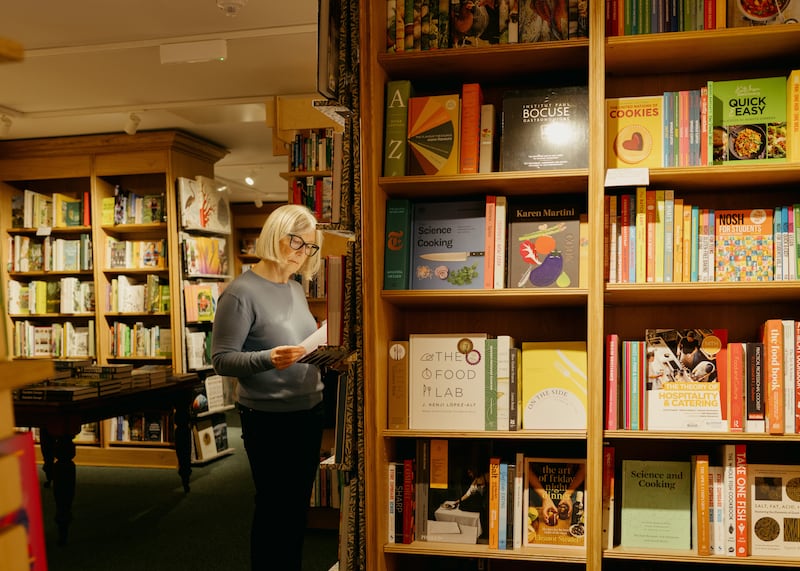
We hit the bookstores together. Entering Hodges Figgis, the city’s best known, was like a child visiting FAO Schwarz for the first time. Its large front windows are an eyeful – wide and well-stocked. The store, which has been around in one form or another since 1768, spreads across four levels and has wood floors and staircases.
We headed for the Irish literature floor, split up and, such is the size of Hodges Figgis, had trouble finding each other again. Cell service was iffy, and we wandered, looking for each other, as if in a maze.
The store has appeared in many Irish novels, the way the Strand does in New York City novels. In Ulysses, Joyce imagines “the virgin at Hodges Figgis’ window on Monday looking in for one of the alphabet books you were going to write,” and an entire chapter of Sally Rooney’s 2017 novel Conversations With Friends is set in the store.
Chapters, the largest independent bookstore in Ireland, lacks the charm of Hodges Figgis, but it is enormous and the staff know everything about the stock. A sign on the wall delivers this threat: “Shoplifters will be made read Ulysses. If we catch you twice its Finnegans Wake.” I’d like to see a similar sign in an American bookstore. Maybe it would read: “Shoplifters will be made to read all of Ian McEwan. If we catch you twice it’s Rod McKuen.”
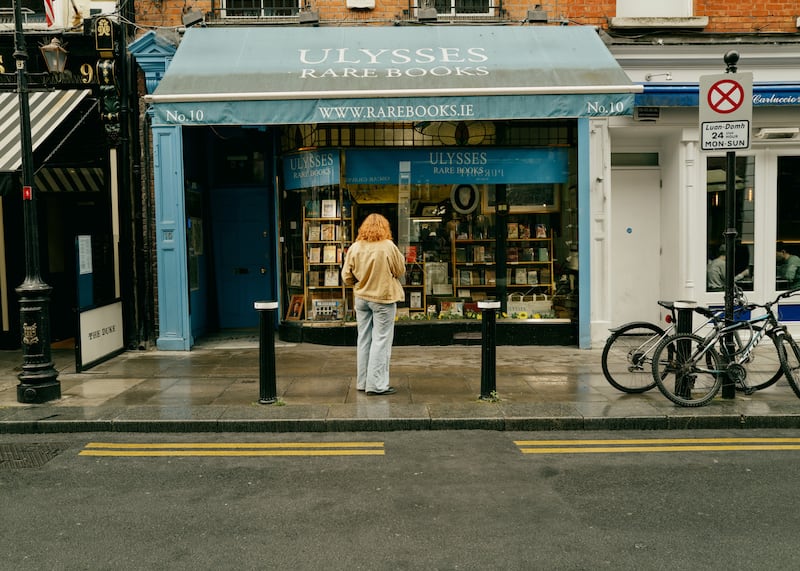
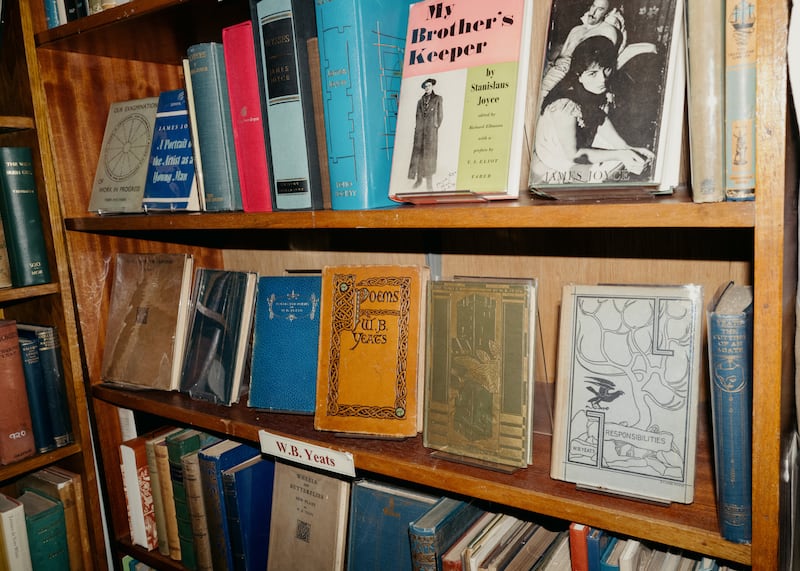
Another tiny but worthwhile store, a shrine of sorts, is Ulysses Rare Books, thick with fine first editions of books by Dublin’s writers.
We also visited libraries. At the National Library of Ireland, we moved at a snail’s crawl through an encyclopedic exhibit about the life of Yeats. It includes a generous snip, the size of two rabbit’s feet, of Yeats’ lustrous white hair.
Bring young people to the ancient Long Room at Trinity’s Old Library, and they will think you’ve led them into Hogwarts. Its arched wooden barrel ceilings and bookshelves stretch upward as if for miles. We stared at the Book of Kells, an illuminated 1,200-year-old manuscript. Two pages are viewable on any one day. Trinity peddles a €25 “immersive” and multimedia “Book of Kells Experience.”
Pub crawl
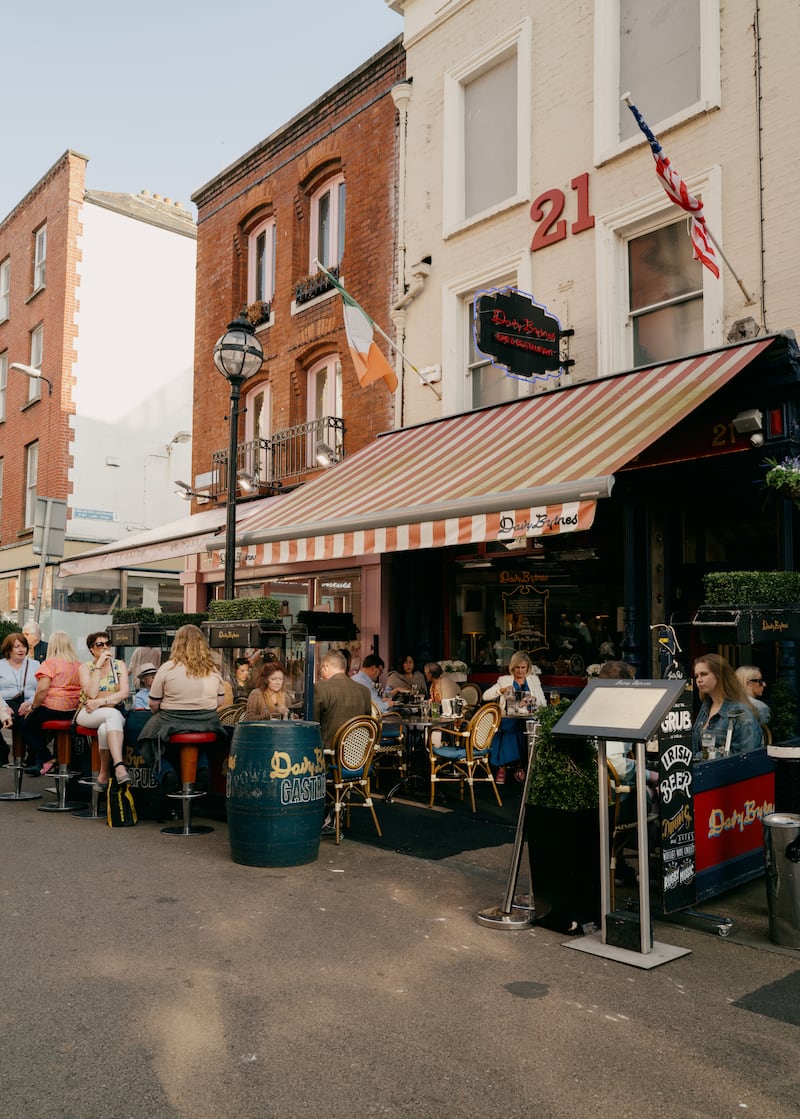
To get to the bookstores and libraries (and everything else), you must walk past the pubs. We hit many of the best and most venerable, including the Davy Byrnes, founded in 1889. It has a cosmopolitan art deco interior and frescoes of Joyce-era Dublin. Davy Byrnes is where Leopold Bloom, in Joyce’s Ulysses, partook of a “Gorgonzola sandwich and a glass of Burgundy.” The sandwich, still on the menu, is a punch in the taste buds. It takes you back to culinary basics, in the best way possible.
We also sat for many hours in the Palace Bar, where I drank pints of Guinness (for the nutrients), and Cree drank Harp. Established in 1823, the Palace is a thinking drinker’s pub, and a haven in the heavily touristed Temple Bar area. The Palace still has its original Victorian snug (small front room), a collection of more than 100 whiskeys (including its own) and a bust of Irish sports writer Con Houlihan behind the bar, along with his well-known quotation, “A bird is known by its song, a man by his conversation.”
The Palace was a watering hole in the 1940s and 1950s for Behan, Kavanagh and O’Brien. The last was the laureate of Dublin pub writers. His motto was: “A pint of plain is your only man.” O’Brien was only half kidding when he argued that the pubs should be open only from 2-5am because that way, “if you’re a drinking man you’ll have to be earnest about it”.
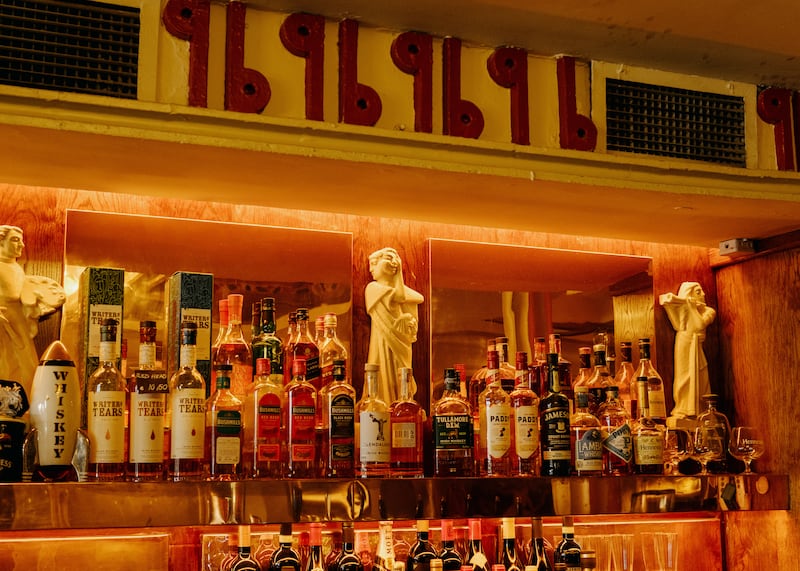
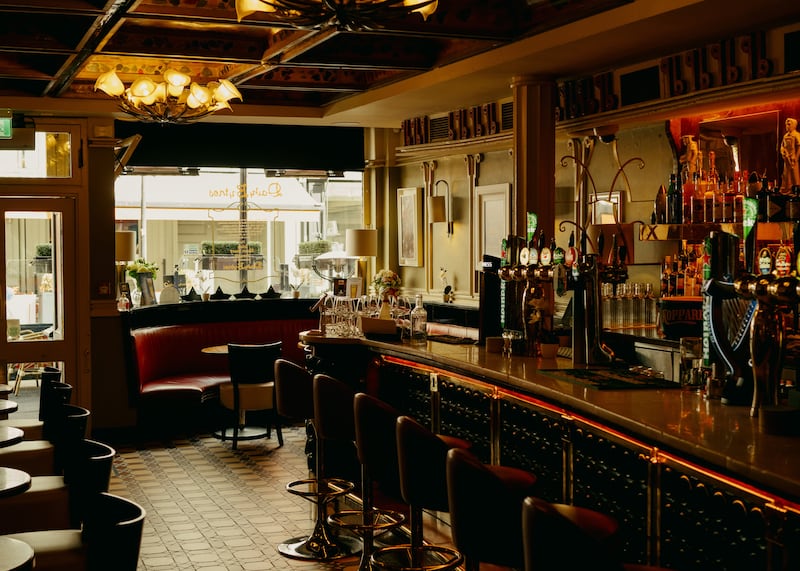
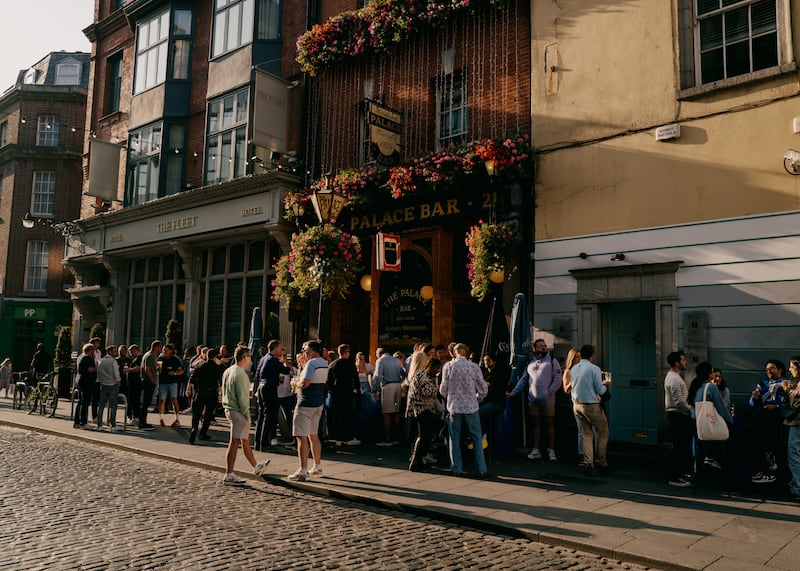
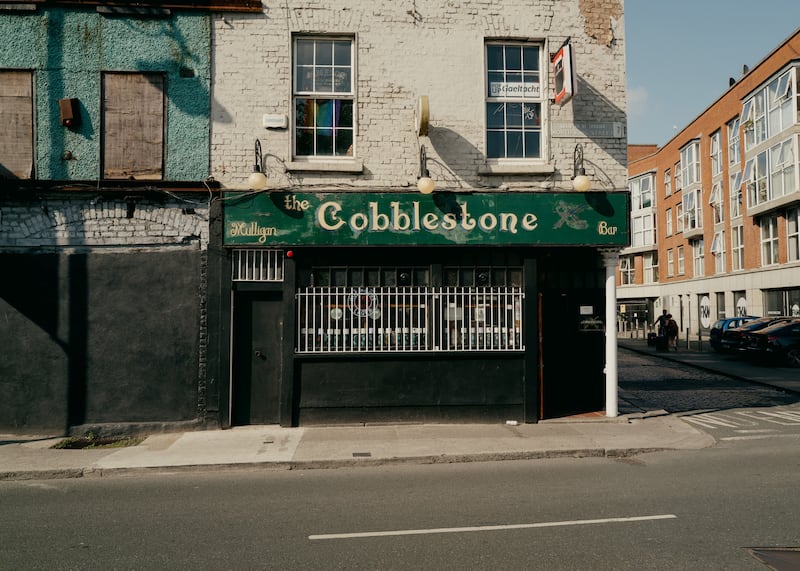
We hit lesser-known pubs as well, including the Cobblestone, a scruffy place on the north side of the river Liffey that calls itself “a drinking pub with a music problem,” where we had to stand to drink, and the Norseman, founded in 1696, which has good live music. We brought along two decks of cards and played spite and malice, as we drank and sang along and ate good fish and chips.
Old-timers in Dublin complain that pub culture isn’t what it was. No doubt they’re right. More pubs cater to tourists and scene-makers now. But we loved the pubs we lingered in. There is nothing like these homely places in the US, where people of all types mingle and talk, and we are the poorer for their absence.
A word of warning: If you’ve had a pint or two of Guinness, you may forget to look right rather than left before crossing a Dublin street. The city’s battery-powered double-decker buses are slim and silent and colourful and quick. They swim around corners like giant angelfish. If you are an American looking the wrong way, they bear down on you from behind without beeping or slowing down.
Wandering
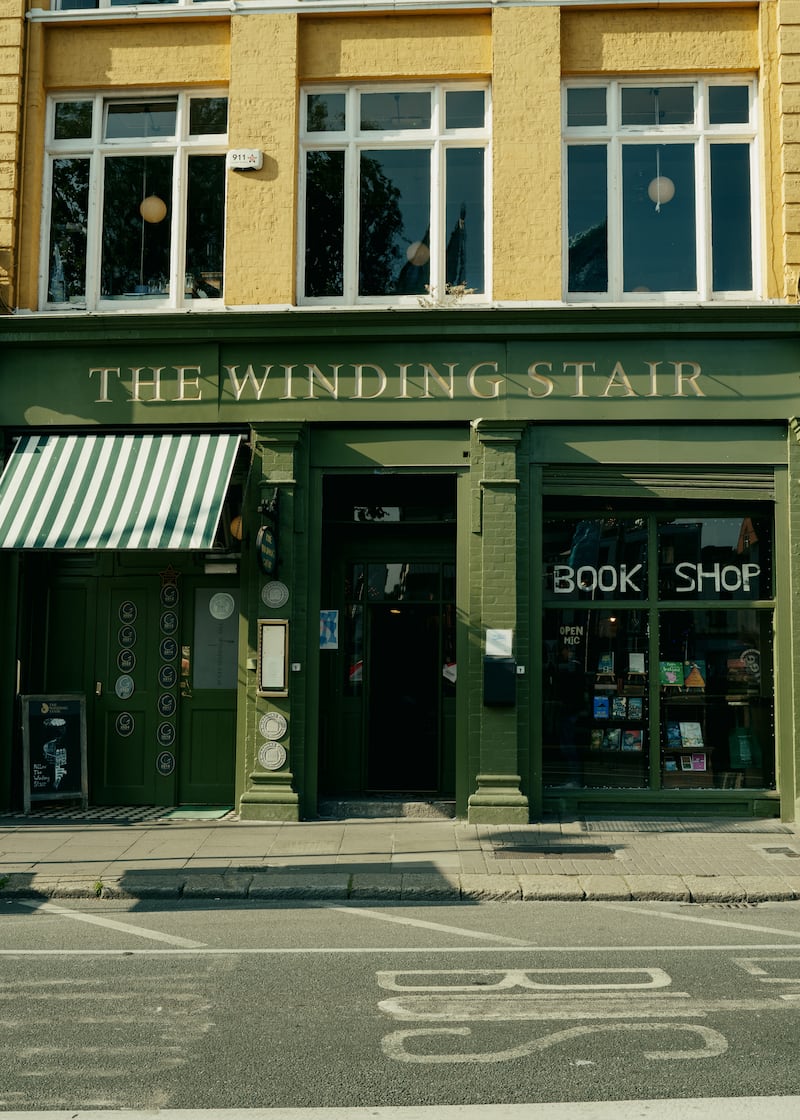
Every day we walked the streets, crossing sleek, modern bridges named after Joyce and Beckett and stared down into the streaming river Liffey, which divides the city into north and south. Thom Yorke, in the Radiohead song How to Disappear Completely, sings, “I walk through walls / I float down the Liffey.” We wish we’d had time to float down it (in a boat) as well.
One afternoon, we lingered in Oscar Wilde’s sunny and well-appointed childhood house, made less sunny and more sobering by a prison room at the top of the back stairs, which replicates the size of his cell in Reading Gaol, where he spent two years at hard labour for homosexuality. Because I am sometimes an unhappy walker, preferring cabs, I was greatly moved to discover that among the tortures inflicted on Wilde while he was in prison, he was frequently made to walk on a treadmill for long periods.
As we wandered, we came across some of those literary shrines. Dubliners wear their love of literature lightly. What’s the fun of a writer that one can’t sometimes mock? On North Earl Street, there’s a brass statue of Joyce wielding a walking stick. Unveiled in 1990, it’s been nicknamed by cheeky locals as the Prick With the Stick. That nickname was perhaps in response to a brass statue of the fictional fishmonger Molly Malone, a figure in an Irish folk song, that was erected two years earlier. Locals affectionately refer to her statue as the Tart With the Cart. We also happened by a life-size statue of another local legend: Phil Lynott, the Irish singer and songwriter who was the frontman for the band Thin Lizzy.
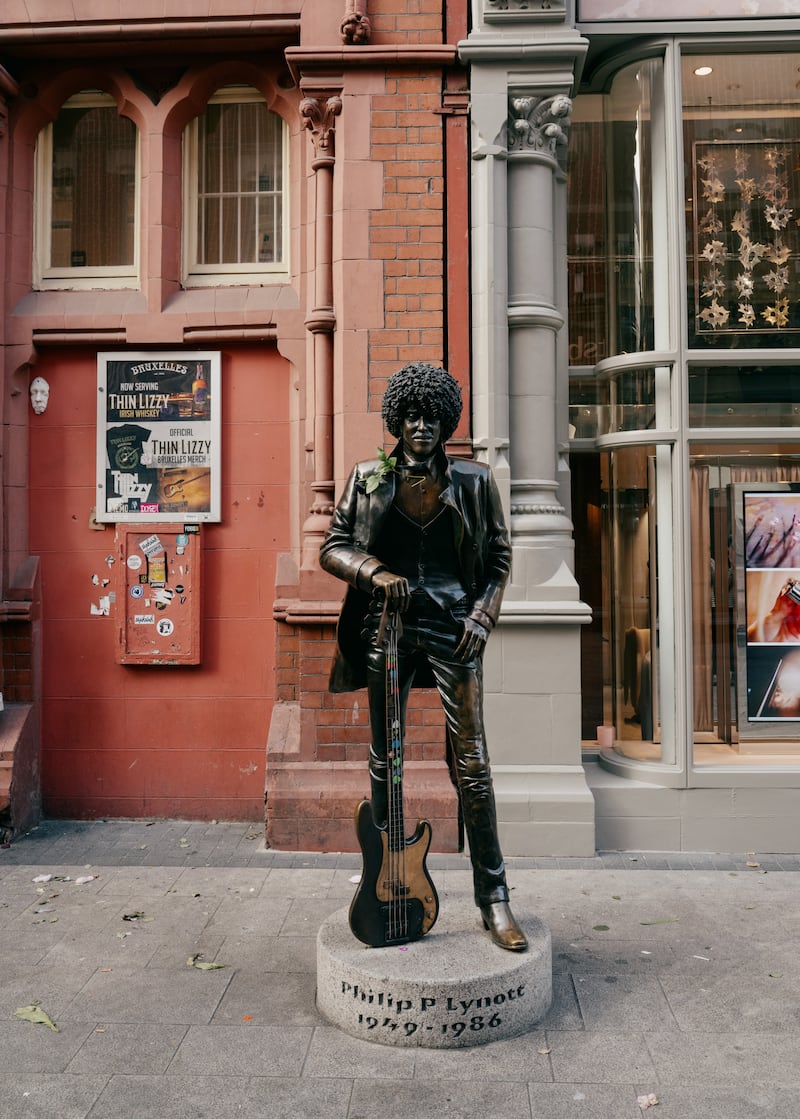
By our last day we were tired, happily so. On the day of our 30th anniversary, we walked along the Liffey to dinner at the Winding Stair, which has views of the river. Its top two floors are a restaurant; its bottom floor is a bookstore. A friend had strongly recommended it, but I was worried. A bookstore-restaurant? Sounded precious to me.
Not this one. The Winding Stair has a modest but meticulous Chez Panisse vibe. It is famous for its hand-smoked haddock poached in milk with onions and white Cheddar. This is strictly bliss.
We toasted to our long-married good fortune and decided that, 30 years from now, when we will both be in our late 80s, we are coming back, with autumn in our hearts, and stronger reading glasses on our noses. – This article originally appeared in the New York Times.
